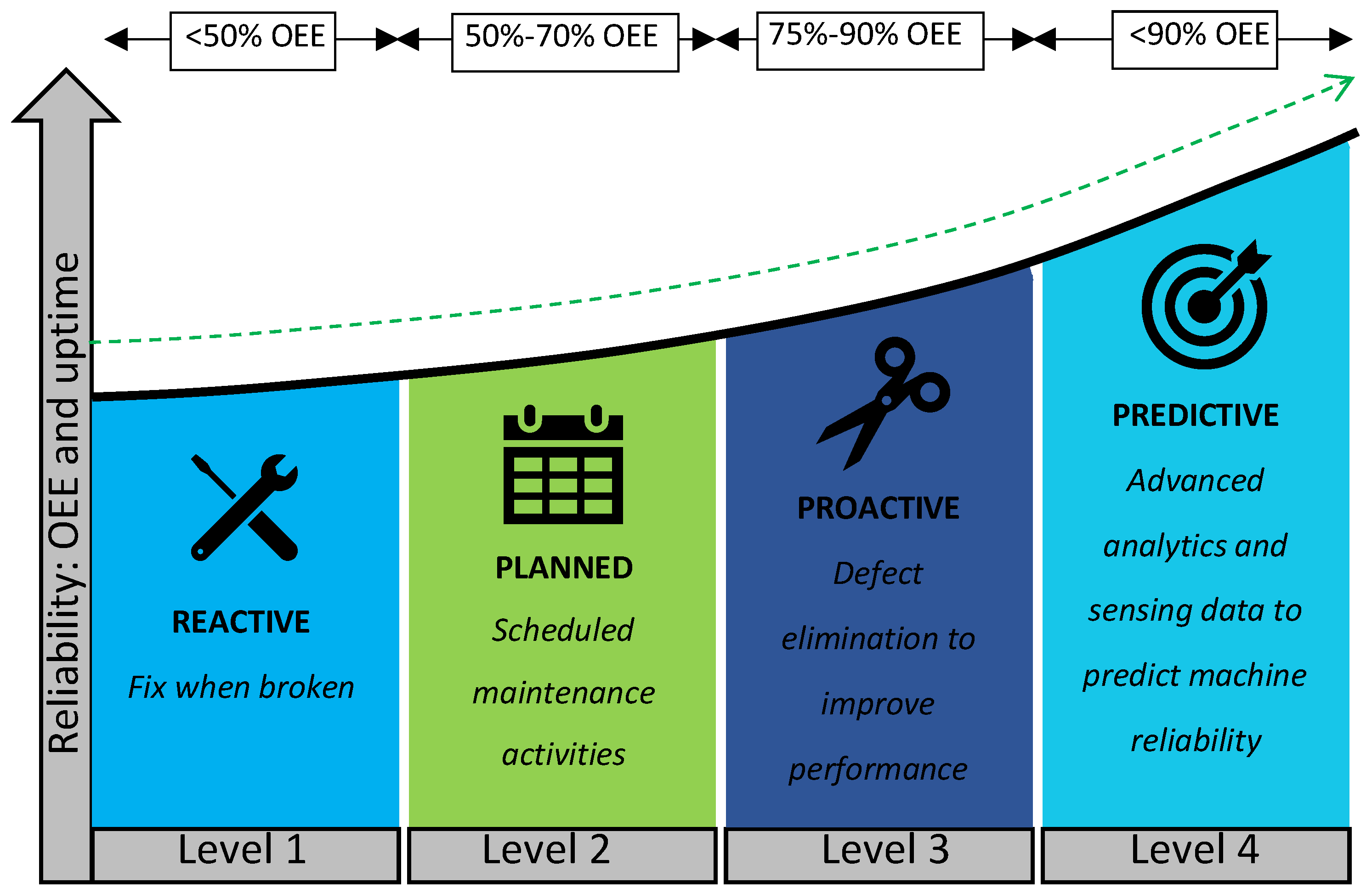OCI enables leading Australian computer researchers to accelerate development time, increase application performance by up to 20 percent and improve developer productivity by 20 percent.

Researchers at the University of Melbourne rely on Oracle Cloud Infrastructure (OCI) to tackle one of the biggest challenges of the next decade of computing: managing the tsunami of data generated by the industrial Internet of Things. OCI Ampere A1 Compute, Oracle Autonomous Database, and Oracle Machine Learning provide the research team with fast, scalable, and secure cloud services.
Improve speed and productivity.
The amount of data captured from connected devices threatens to overwhelm networks and computing resources, making it impossible to gain actionable insights. The university prides itself on bringing together some of the best and brightest students and researchers from around the world to tackle society’s complex problems in innovative ways.
It addresses this challenge with a project called FogBus2. This open-source, container-based, distributed framework integrates edge/fog and cloud infrastructures so data from cameras, ECG devices, laptops, and smartphones can be collected and processed in real-time to provide insight and drive intelligent action in IoT applications.
“With all these billions and billions of IoT devices pushing data to the cloud, the latency would be very high,” said Rajkumar Buyya, distinguished professor and director of Cloud Computing and Distributed Systems Lab, University of Melbourne. “That’s where we start moving towards this fog computing model, where we can leverage the resources at the edge of the network and the cloud.
As a research lab, it’s exciting to show that our effort is functional in our own controlled lab infrastructure and works in the real world. Working with Oracle allows us to demonstrate that capability.”
Using OCI, the research team accelerated development time, reduced by 3-4 weeks, a 15-20 percent improvement in performance, and much better response time in applications such as video recognition and other latency-sensitive applications, increasing developer productivity by 20 percent. Is increased.
Using a multi-cloud approach, which allows researchers to run tests across multiple cloud environments, the team decided to include OCI Ampere compute instances for its IoT data processing capabilities. While FogBus2 was designed to run on any database, the university chose to standardize on Oracle Autonomous Database, which is deployed both at the core and at the edge, to profile network information, including latency, hardware resource availability, and required response times. . The Autonomous Data Warehouse also gave the team the ability to scale to handle sudden bursts of traffic and easily integrate all types of data.
FogBus2 also uses Oracle AutoML to prioritize resources and determine whether processing should occur at the edge or at the network’s core. This ability to self-select the best algorithm to deliver results from a library and then iterate itself has given researchers the freedom to build their own machine-learning algorithms, allowing them to spend more time analyzing and visualizing data. Data.
Additional security is provided by Oracle Identity and Access Management and Oracle Bastion.
Chris Chelliah, senior vice president for customer strategy, insight, and business development at Oracle Asia-Pacific, said, “Edge computing offers tremendous opportunities for innovation in every industry. This exciting research is not just about creating a controlled lab test environment. , but one that can be used by all sectors, from manufacturing to mining and even retail.
It also underscores the importance of using the right cloud for the job. For enterprises looking to optimize their cloud infrastructure capabilities and spend, a multi-cloud configuration provides the flexibility, service, or feature your organization needs that cannot be fulfilled anywhere else and can be deployed to fit your existing environment.”
Oracle’s Arm Accelerator Program helped the university quickly get started with OCI. In addition, Oracle Cloud Free Tier provided the team’s developers free services that allowed them to experiment and determine the best architecture to support applications before deploying them in the field.
Matthew Giannelis
Secondary editor and executive officer at Tech Business News. Matthew is passionate about sharing his knowledge of the technology industry. He is also an advocate for global cybersecurity issues. He has been working as an IT support engineer for 20 years. He has been working as an IT support engineer for 20 years.

